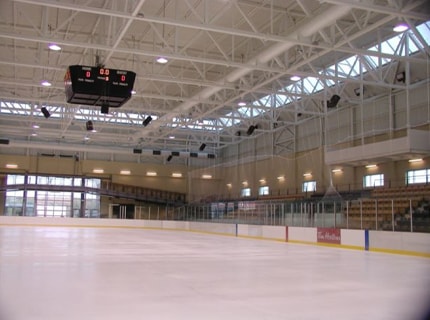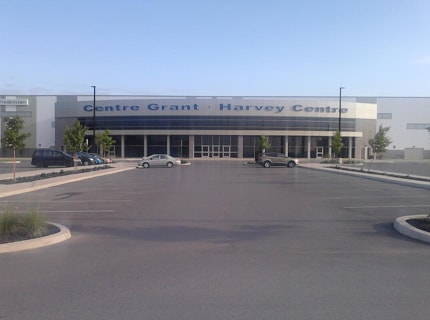David C. Stewart & Associates Inc. Relevant Project Experience
Saint John NB District Energy Prefeasiblity Study - 2009
Dave was the lead energy engineer for the Thermal District Energy System for City of Saint John (CSJ), NB a pre-feasibility study for the investigation of district energy system utilizing cool and waste heat from a number of available sources in the CSJ area to service several buildings in the downtown core.
Eastern Shelburne County Energy Strategy - 2010
Dave was the lead energy engineer for the Eastern Shelburne County Energy Strategy in 2010 with Dillon Consulting Ltd. His tasks included
- Assessing the areas most suitable for renewable energy development,
- Evaluating the various renewable energy technologies using RETScreen,
- Developing energy profiles for before and after adoption of recommended strategies for a 25-year time span,
- Gathering the essential cost-benefit information of each proposed measure such as:
- Investment amounts and pay-back periods;
- Annual Energy Savings;
- Annual Cost Savings; and
- Annual GHG Savings
- Reviewing the final document
Port Hawkesbury Combined Heat and Power Investigation – 2010
Dave was the lead energy engineer for the Community District Energy System for Port Hawkesbury in 2010 with CBCL Ltd. The energy sources evaluated included the 60 MW Biomass system at the pulp plant for hot thermal energy, seawater cooling for the industrial park, and the waste thermal energy for the district energy system.
He was responsible for preparation and review of the energy models and capital cost elements of the project. He was also responsible for all energy storage and system efficiency improvement assessments, and also provided input to most of the other project components.
Port Hawkesbury Civic Centre – 2006
Dave was responsible for the energy modelling and selected green technology elements of the Port Hawkesbury Civic Centre. A detailed building case study was prepared describing the various features and economic advantages and costs associated with the technologies selected. The civic centre features a day-lit ice arena, and the town offices.
The waste heat from the ice plant heats the pool in the Strait Regional Centre for Education – (the near-by school). This project received world-wide recognition by Business Week Magazine.
Figure 1 is a picture of the day-lit arena at the civic centre demonstrating that green buildings are valuable assets to the community:

Grant Harvey Underground Thermal Energy Proof of Concept – 2013
The design and review of proof of concept for storing waste heat, from the Kube Solutions ice making plant at the 10,830 m2 Grant Harvey Centre (GHC), in a Borehole Thermal Energy Storage system to heat a neighbouring building: the 4,195 m2 Abony Family Tennis Center (AFTC). The analysis, using one year of actual consumption data, showed that seasonal heat from arena ice-making equipment can be stored at temperatures which can be directly used in radiant in-floor heating systems. The AFTC is the first building to be heated using this technique in Canada using bore hole stored heat. It is using less than 5 % of the rejected heat from the twin ice pads proving that ice arenas are a valuable source of waste heat for rural communities.
The services provided include energy audits of the buildings, the comparison of the actual energy consumption to the predicted energy consumption and preparation of the final report describing the results.
Figure 2 shows the front entrance of the twin-pad ice arena using underground thermal energy storage for district energy:

Bridgewater 3.2 MW Biomass Combined Heat and Power Investigation - 2018
Dave also has extensive experience in building energy audits, energy modelling, district energy assessments and community energy development in rural Nova Scotia. He was one of the lead investigators in 2017 and 2018 of a Community Feed-in-Tariff (COMFIT) 3.2 MW renewable natural gas combined heat and power system for the Lunenburg campus of Nova Scotia Community College in Bridgewater that included a district energy system for the neighbouring shopping centre on Dufferin Street.